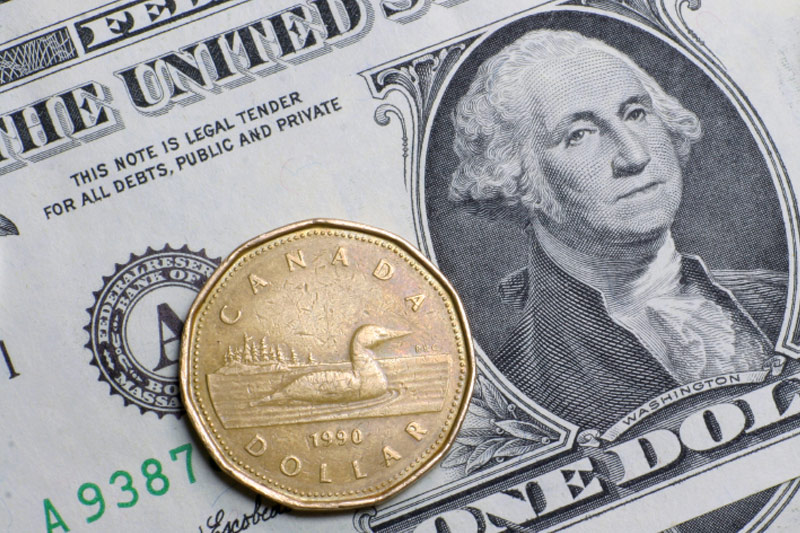Investing.com - The U.S. dollar moved lower against its Canadian counterpart on Friday, after the release of mixed data from both the U.S. and Canada, as a rebound in oil prices lent support to the commodity-related Canadian currency.
USD/CAD hit 1.2873 during early U.S. trade, the pair’s lowest since Wednesday; the pair subsequently consolidated at 1.2883, retreating 0.63%.
The pair was likely to find support at 1.2811, the low of June 14 and resistance at 1.3085, Thursday’s high and a two-week high.
The U.S. Commerce Department said housing starts declined 0.3% to 1.164 million units last month from April’s total of 1.167 million units, a downward revision from the initial 1.172 million. Analysts had expected an decrease to 1.150 million in May.
Meanwhile, the number of building permits issued increased by 0.7% to 1.138 million units from 1.130 million. Economists had forecast a rise to 1.150 million units in May.
The data came a day after reports showed that the number of individuals filing for initial jobless benefits in the week ending June 11 rose more-than-expected, while U.S. consumer prices rose less than anticipated last month.
The greenback had previously weakened after the Federal Reserve kept rates unchanged at the conclusion of its two-day policy meeting on Wednesday and lowered forecasts for how much they expect to hike interest rates in the next few years.
In Canada, official data on Friday showed that the consumer price index rose by 0.4% in May, disappointing expectations for a 0.5% gain. Year-on-year, consumer prices increased by 1.5% last month, below expectations for a 1.6% rise.
Core CPI, which excludes the eight most volatile items, rose 0.3% in May, in line with expectations.
But the Canadian dollar was boosted as oil prices moved back higher on Friday after six consecutive sessions in the red.
The loonie was higher against the euro, with EUR/CAD shedding 0.26% to 1.4515.
